It’s almost a cliché to say that 15 March, 2019 was a black day in New Zealand’s history; in fact arguably the blackest. In terms of fatalities, the country has experienced worse calamities – earthquakes, shipwrecks, volcanic eruptions, plane crashes – but the crucial and unique difference was that this one was deliberately initiated by a human. Brenton Tarrant, an Australian white supremacist then aged 28, entered two Christchurch mosques armed with semi-automatic rifles and shotguns and by the time he was intercepted and arrested 19 minutes later, en route to a third mosque, 51 Islamic worshippers lay dead or dying. Another 40 were wounded.
Tarrant, who grew up in the New South Wales city of Grafton but had lived in Dunedin since 2017, is now in prison for life with no possibility of parole – an unprecedented sentence in New Zealand. But the trauma and horror of that day is being played out again in a coronial inquest that began in Christchurch on 24 October and is expected to run for six weeks. It is the biggest coronial inquiry in the country’s history, and it would be fair to say that so far the evidence has not been entirely complimentary to police and emergency services.
No one questions the bravery and quick thinking of two country cops, visiting Christchurch for a training session, who rammed Tarrant’s car and arrested him before he could continue his murderous rampage. But witness after witness at the inquest has given evidence of confused, chaotic, sometimes slapdash and even heartless actions and misjudgements by first responders as the tragedy unfolded.
Many New Zealanders will have been shocked and dismayed by some of the evidence. It started with testimony from a parliamentary staff member who was alerted to an email advising of Tarrant’s intentions – one of dozens the terrorist sent to politicians and the media shortly before the shooting started – but assumed it was a hoax. He was, however, sufficiently concerned to dial 111, the emergency number in New Zealand.
Although the email included Tarrant’s lengthy ‘manifesto’ and gave details of his intentions, including the location of the mosques he was targeting, an inexperienced police call-taker, possibly influenced by the caller’s suggestion that it was the work of a crank, rated it as priority 2. Ultimately that may not have mattered, since it was quickly overtaken by other 111 calls once the shooting started. But the call-taker’s categorisation was defended at the inquest by a police inspector who said it was the right decision given the ‘general’ nature of the threat – apparently overlooking the fact that Tarrant identified himself in the email and named the three mosques he intended to attack.
Far more damning was his admission that police didn’t immediately send officers to the second mosque targeted by Tarrant despite the emailed warning. Questioned by counsel assisting the coroner, the inspector – who was then in charge of police communications centres – appeared to concede that the response was inadequate.
The inquest also heard from a police dispatcher who said she would have immediately sent units to the second mosque, in the suburb of Linwood, had she realised it was threatened. The mosque would have been cleared and the police Armed Offenders Squad dispatched, but she didn’t learn of the call from parliament until four days later. Seven people were killed and five wounded at the Linwood mosque. The dispatcher indicated things might have been done differently if the call had been priority 1. (Police have since reviewed communications procedures and say any call related to national security is now automatically classified as priority 1.)
Communication failures also delayed the ambulance response because police and the St John’s Ambulance service used different systems. ‘I don’t know why that is,’ the dispatcher said, her frustration all too apparent.
Even more shockingly, the inquest heard that paramedics didn’t enter the Al Noor mosque, where 44 victims died and 35 were wounded, until 30 minutes after Tarrant had left. By that time he was under arrest and the danger had passed, although at the time there was uncertainty about the possibility of further attacks.
The delay in getting first aid to the surviving victims is likely to be a key issue for the coroner, Brigitte Windley, who was told that one wounded survivor, Zekeriya Tuyan, was on his phone to emergency services for half an hour before medical help arrived. Witnesses testified that multiple police officers called for ambulances, to no avail. Victims were assured that help was on the way when it wasn’t. At one point the dead and dying victims were abandoned altogether for 10 minutes when reports came through of the second massacre and police left the scene to rush to Linwood. Tuyan himself died weeks later, becoming the 51st victim of Tarrant’s killing spree.
The late arrival of the paramedics was explained by a St John’s Ambulance officer who said it was against policy for staff to enter unsafe scenes. Eventually he went into the mosque anyway, defying orders. ‘There were human beings inside that needed help.’
The inquest follows a royal commission of inquiry held in 2020, which focused mainly on whether security services and police should have anticipated Tarrant’s acts of terrorism. (The short answer was no, although the commission was sharply critical of the sloppy process by which police gave Tarrant a firearms licence.) The inquest covers different ground, including the adequacy of the police and ambulance responses. It will also formally record the causes and times of the 51 deaths.
Despite the enormity of the event under examination, news coverage of the inquest has been strangely subdued. It’s as if the media have decided people don’t want to be reminded of the terrible events in Christchurch four years ago, and still less to be told about shortcomings in the way emergency services responded.
While New Zealand rightly absolves itself of blame for the actions of a lone-wolf mass murderer from another country, the shame and embarrassment of an inept response to the atrocity is harder to bear. That might explain why, on at least one day during the inquest, the country’s biggest news website, Stuff, didn’t carry a single word about it. You could, however, click on a prominently displayed story headlined, ‘Is your vibrator bad for you?’
Got something to add? Join the discussion and comment below.
Get 10 issues for just $10
Subscribe to The Spectator Australia today for the next 10 magazine issues, plus full online access, for just $10.
You might disagree with half of it, but you’ll enjoy reading all of it. Try your first month for free, then just $2 a week for the remainder of your first year.

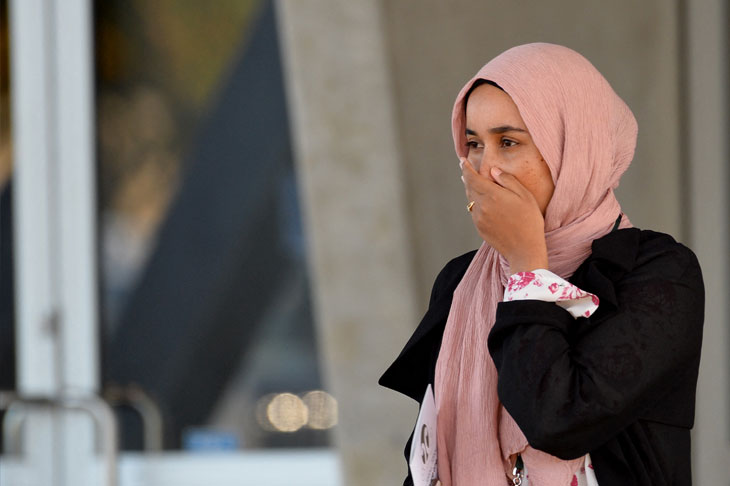
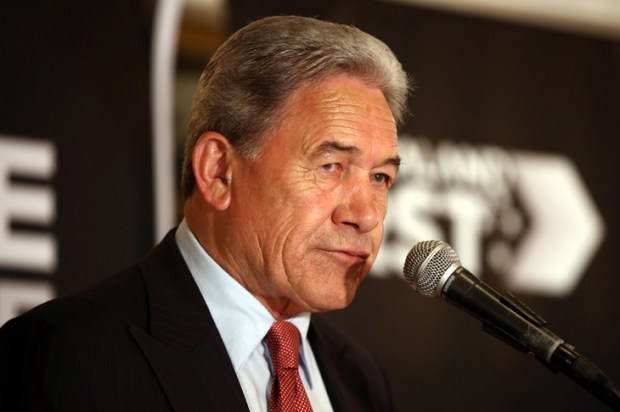
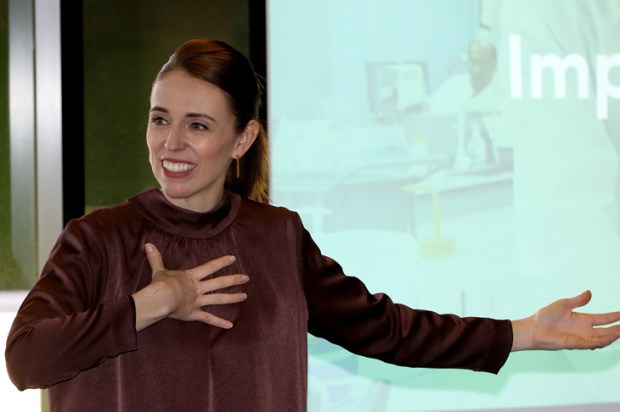
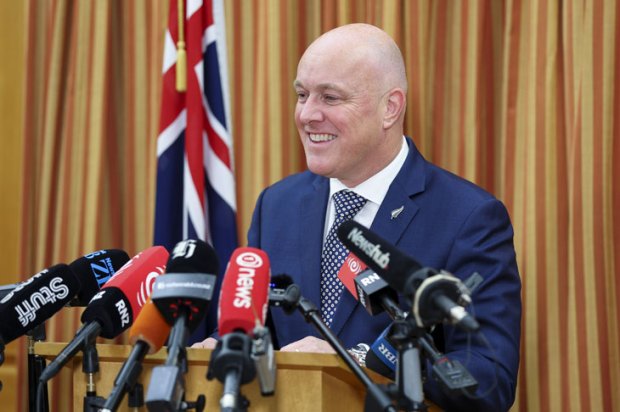
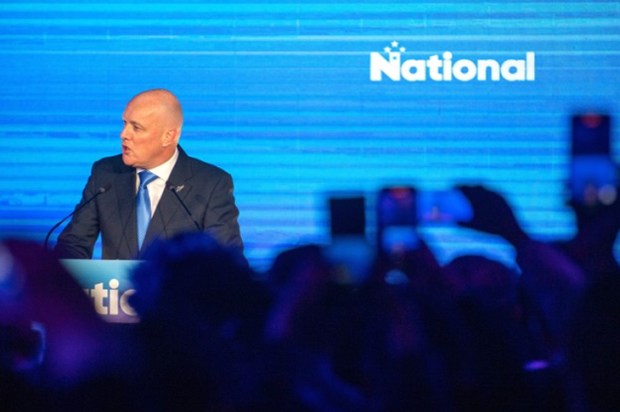
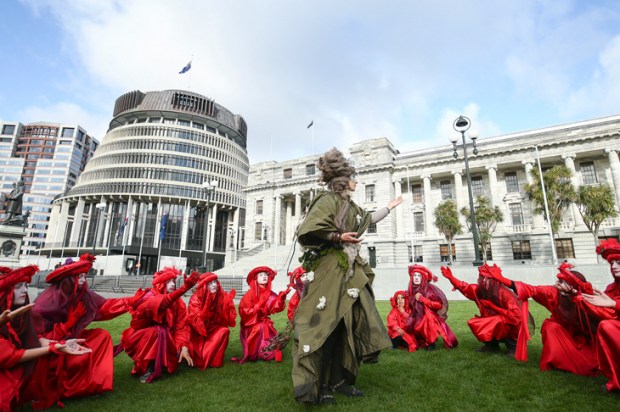
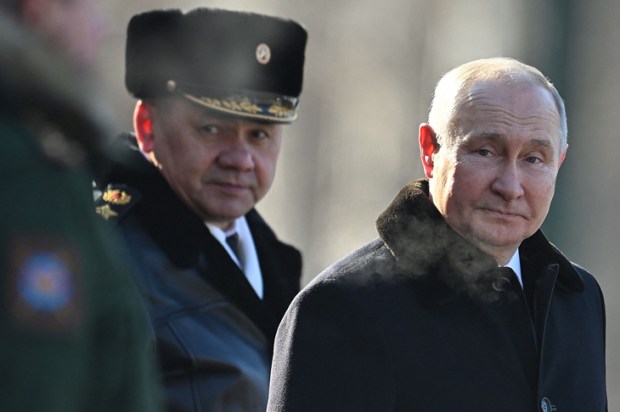






Comments
Don't miss out
Join the conversation with other Spectator Australia readers. Subscribe to leave a comment.
SUBSCRIBEAlready a subscriber? Log in